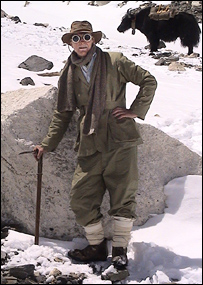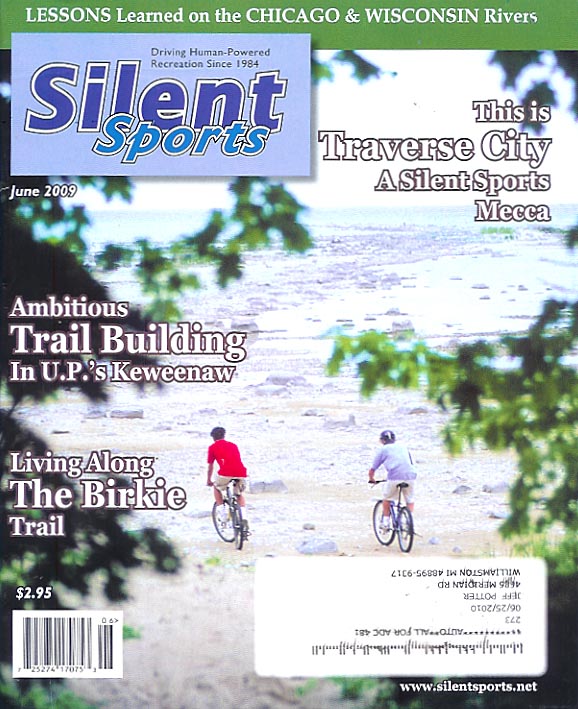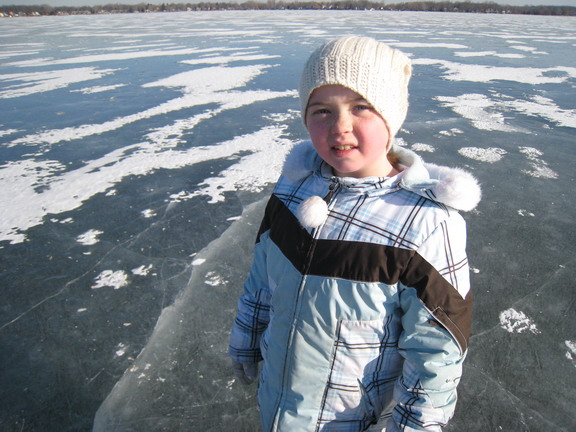Mallory and Irvine were British fancy lads who did a lot of adventuring and exploring back in the Golden Age for that kind of thing.
They tried to summit Everest. No one knows if they succeeded. They were never seen again until recently when Mallory’s body was found. No camera has been found, but they’re hopeful. I guess things last up there.
One big angle always has been that today’s mountaineers thought the dynamic duo were exceedingly amateurish and dandyfied in existing photos showing their base camp fashion. The pics show guys in knickers and tweed jackets. …Getting ready to climb Everest. It pained everyone all these years to see those pics.
Well, the outfits they wore were recently reconstructed based on what Mallory was wearing when he was found. The result is going to be tested with another attempt on Everest. The indications so far are shocking: the clothes seem to be JUST FINE for extreme conditions. Researchers so far have been very impressed by the qualities of the silk, wool and cotton used on the Mallory expedition. So: looking good and go along with working good, people!
However, I still wonder about how they got a blazer to work good for climbing. …Something about a shoulder pivot. Might be useful for those today who are interested in looking good while they ski, canoe, bike…
Anyway, this blurb here links to a BBC report. And here’s a couple other related BBC links:
news.bbc.co.uk/2/hi/science/nature/4470522.stm
news.bbc.co.uk/2/hi/uk_news/england/4287916.stm
Here’s a link to the group that made the replicas: www.innovation-for-extremes.org/aboutus.html
They also wrote a book about their project, “Invisible on Everest.” I think it covers all kinds of mountain innovation over the years. Hard to find, but I see a couple copies available starting at $36 at ABEBOOKS.com. Pricey for a 48-page book, but tons of research went into it. I also see that WorldCat.org says a few libraries in the US have it.
https://news.bbc.co.uk/2/hi/science/nature/5076634.stm






